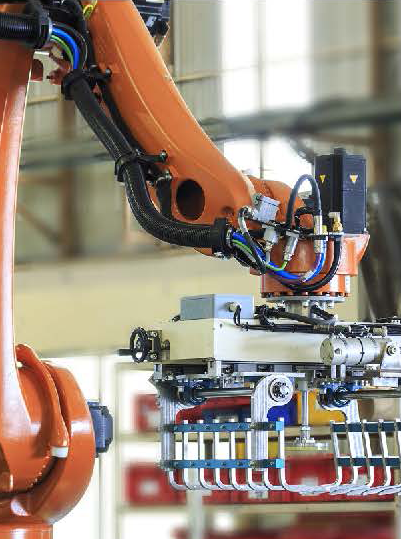Manufacturing is up, and employees are MIA.
Manufacturing is up, and employees are MIA.

For the 12th straight month, manufacturing has grown in the US, according to The Institute for Supply Management. Any reading above 50 indicates manufacturing is expanding, and May marks the 12th consecutive month, with May readings at 61.2 compared to 60.7 in April. At the same time, everywhere you look, companies are hiring and cannot find employees. Some may say it's still because of people being scared of COVID or the additional amount that people are getting on unemployment. Still, whatever the reason, companies are begging to find employees, and the outlook does not look good. On top of not getting enough people into manufacturing jobs, we face the talented Baby Boomer generation leaving the workforce, creating a huge hole. Deloitte estimates manufacturing to be short 2.1 million workers by 2030. In the first two months of COVID, manufacturing lost 1.4 million jobs. Only 870,000 of these jobs recovered, making manufacturing one of the least recovered sectors behind construction, retail, transportation and warehousing, and other industries.
So, what are we going to do about the apparent issue coming right for manufacturing like a freight train? Sitting back and hoping for the best will only lead to reduced revenues and maybe going out of business, but no one wants to go down that path, so what is your plan B, C, D?
Training is essential; reaching out to high schools and community groups to find our future workforce is an option that will not give you results now. One way to help secure your business future against the reduced labor force and international competition is with new machines, automation, and robots. It can be uncomfortable to venture into new territory, but it's even more painful to close the doors of your business and have to let your employees go.
In an ordinary world, figuring out ROI is pretty easy with a bit of Excel work. To simplify it, you either reduce labor, increase output, reduce errors, or all of the above and compare it to your total costs to produce a product in your current process. In today's market, manufacturers should also consider reduced revenue and profits, lost opportunity costs by not completing work, losing customers, and possibly getting customers from competition that doesn't innovate in their own companies. The good news is automation is advancing fast, and billions of dollars are spent each year on R & D, and the costs of automation keep dropping. Robotic arms and autonomous carts cost less than human labor, and many can go five or more years without any maintenance.
In most cases, the ROI for robotics is less than one year. We have seen the costs lower than human labor in all cases, and they show up for work, are precisely repeatable, and finding more of them is as easy as writing a PO. Going with custom automation is another way to produce an incredible ROI and should also be considered. Custom applications will cost more compared to a robotic arm, but the speed can be faster to complete a process. With custom automation and machines, a company can be a step ahead of its competition to get more business and produce better profits.
Written By:
Kurt Scepaniak
Process Logic, Inc.
320-654-8910

